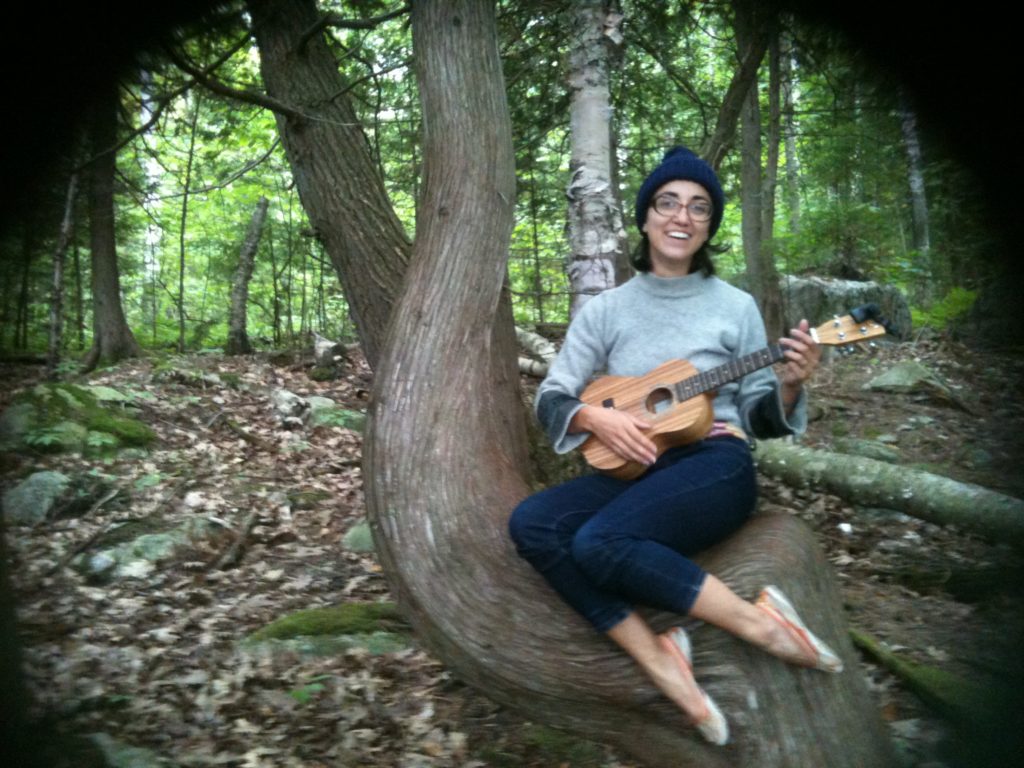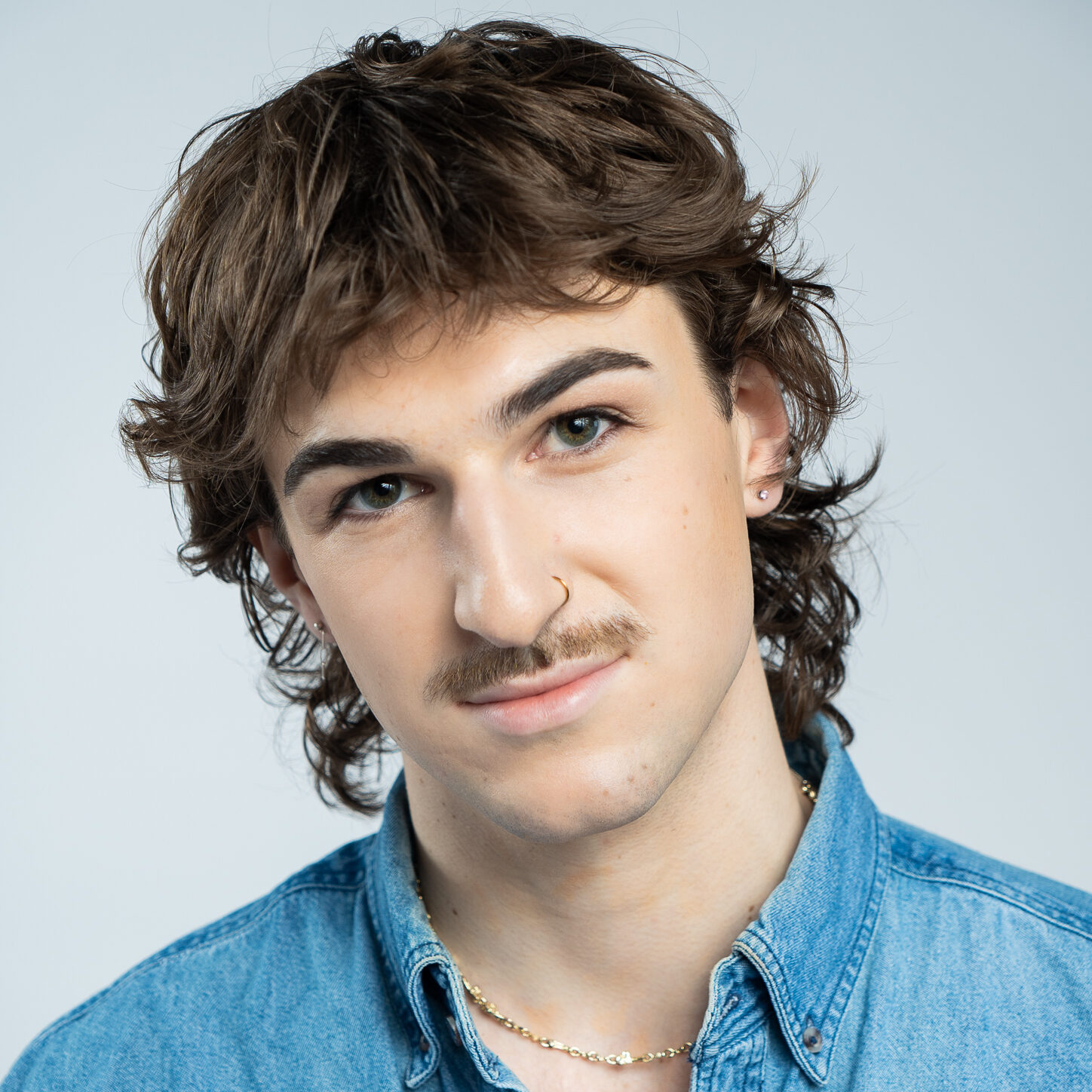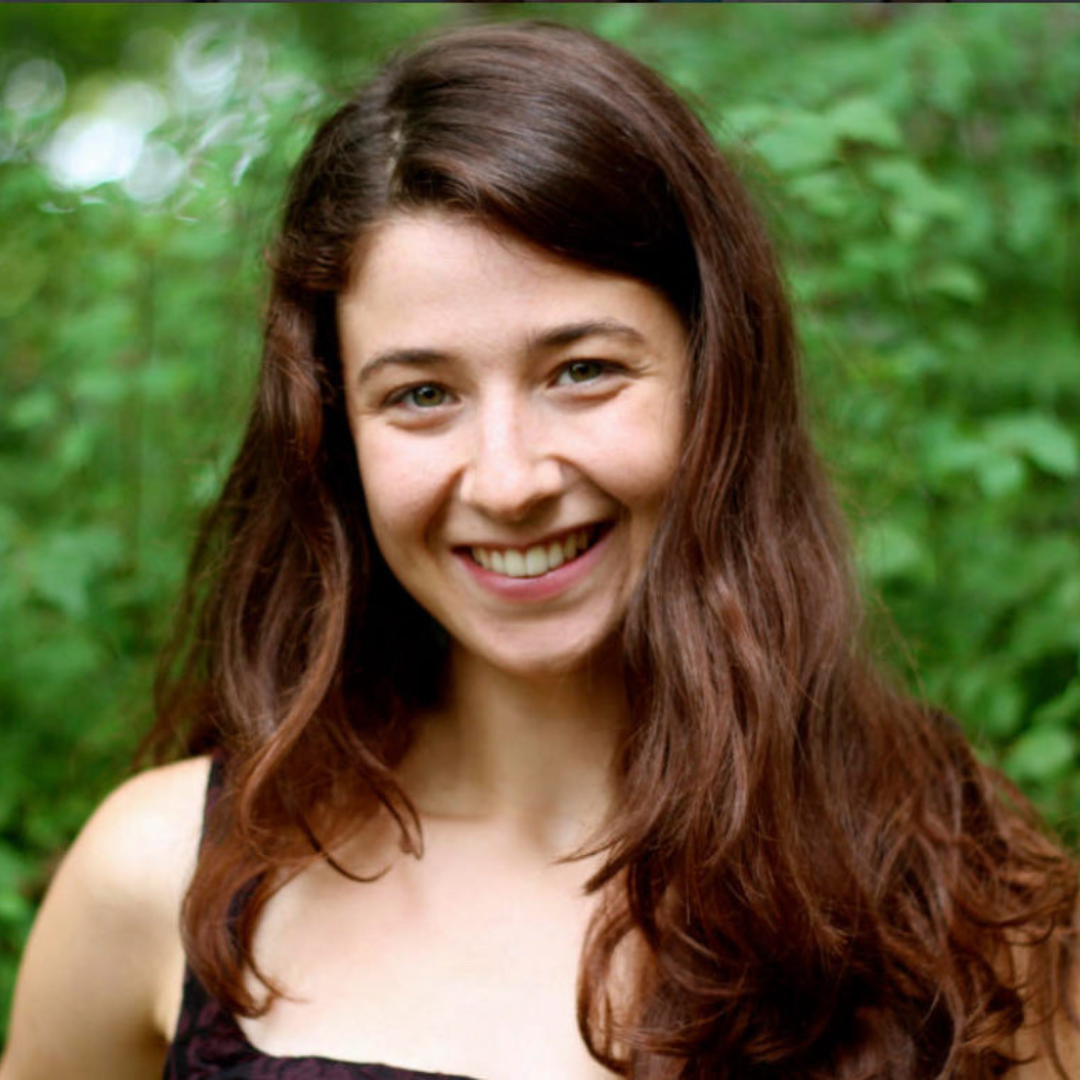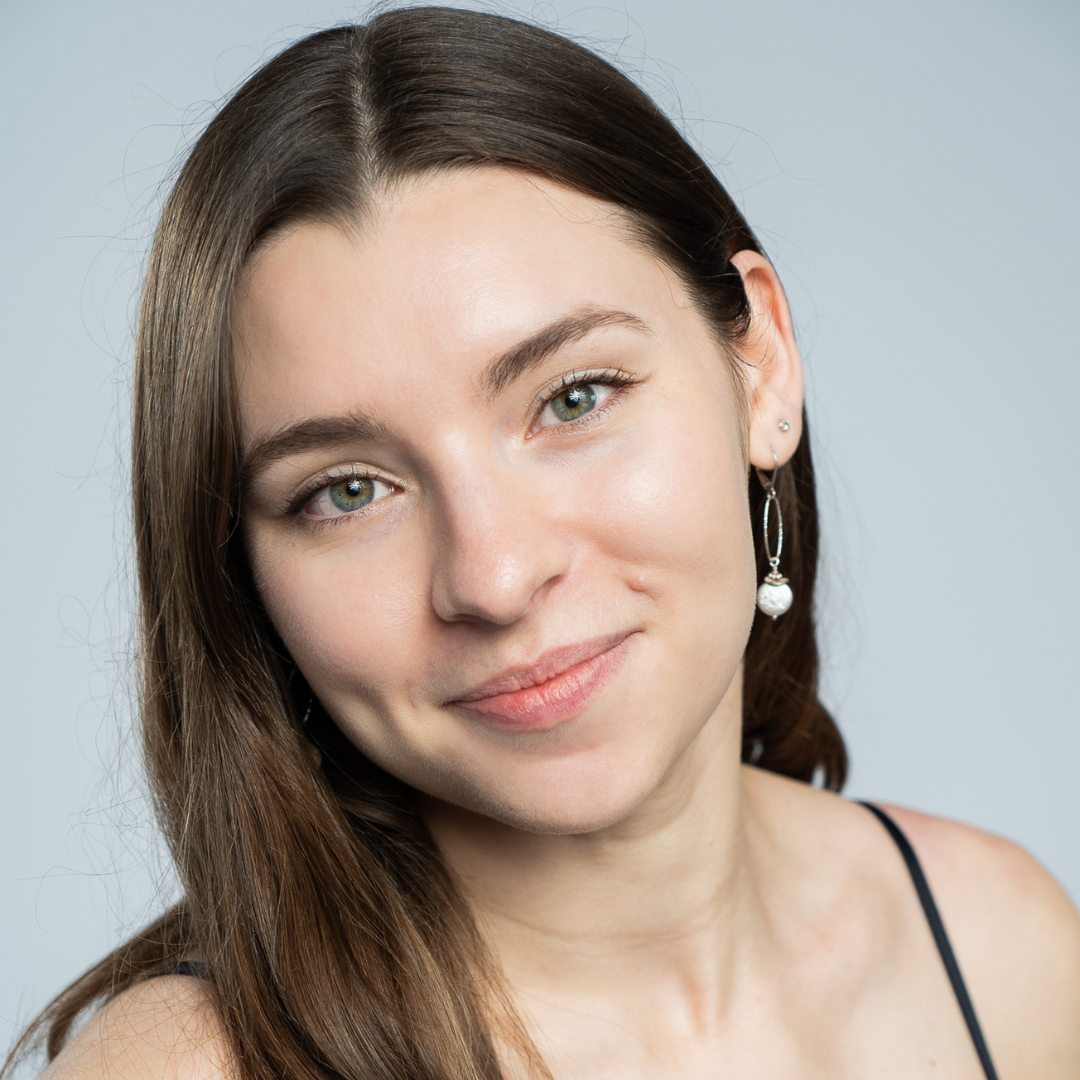BLOG #1 It has been such a blast getting started with Swallowing Clouds programming this…
Janaki Banting: Swallowing Clouds Apprentice

I think that one of my favourite thing about performing arts is seeing a group of people work together to create something bigger than themselves. The sense of community and camaraderie that I get from creating with a group of people is something that gives me purpose and direction. In my first session with Swallowing Clouds I felt that we had a group of young artists who were very open to collaboration and to sharing ideas and information. What better place to do so than the Public Library! It was a great opportunity for me to rediscover the ups and downs of collaboration and how to deal with these. Do some people dominate the conversation? Do some people need to spend some time observing before they offer their ideas? How can we make space for each other’s creative impulses?
We started the session at Pape-Danforth Library by making a collective agreement for how we wanted to use the space together. We intended that this would be a way of encouraging the kids and ourselves to remember to be compassionate and supportive collaborators. We all received a piece of paper and were asked to draw a picture to represent how we wanted to share the space and our time together. When we finished drawing, we talked about each picture and came up with some key words to keep in mind throughout the next four weeks. The exercise turned out to be a great way to get to know all of the participants and to set up my expectations for what was to come. The terms we came up with turned out to be much more explosive and dynamic than I had originally thought they would be. We came up with key words like: sharing, jumping, random, reading, hanging, etc. In the end, our terms of agreement were much broader than anything any one of us could have come up with on our own, and we all felt that we had a stake in them.
Once we had agreed on terms we were able to start creating something with the materials we had. The kids chose to work with the poem “Liblurry” by Erin Robinsong. The copy we were working with did not have the title written on the page, so the kids came up with another title; “The Life of the Alphabet Without the Letter L”. We discovered all kinds of things about the poem, besides the hidden letter L. We pulled verbs from the poem and tried changing our movement and actions based on these verbs. We tried playing musical instruments and making them sound like the actions the verbs were describing. We came up with an exercise for the kids to each take turns as movers, musicians, and visual artists inspired by a verb they had picked out. I really like this exercise because it required participants to listen, watch, and respond to each other in order to create together.
After we had done this a few times, we looked at the poem in a new way. We started by looking at the shapes in the poem. I found this poem in particular very visually interesting, the lines and stanzas ascend in a kind of staircase across the page and there is an alphabet strewn all over the page and throughout the poem. We found shapes like: birds, stairs, double smiles and stars. We then did an erasure exercise where we cross out parts of the poem with a sharpie to make new shapes. After trying to move our bodies like the shapes we made on paper, we decided to incorporate these shapes into our score. We now had a poet in addition to dancers, musicians, and a visual artist. The poet would read their new version of Liblurry (aka: The Life of the Alphabet Without the Letter L) while the other participants would respond to the shapes that emerged from this version. I liked how adding a new element, — the poet and their poem, — changed the leadership dynamic of the performance. Before we incorporated the poems, the dancers chose the verb they were going to move like and everyone else took their inspiration from them.
Verbs inspire Dancers—>Dancers inspire Musicians—>Dancers and Musicians inspire Artists
Once we had the poem to start from, the dancers looked at the poem and chose how they were going to respond to it before they began their performance. The musicians and visual artists could be inspired by the poem or the dancers, and the poet, who had created the erasure poem, could respond to and lead the rhythm and timing of the performance in the way they read their poem. It made for a much less linear performance.
Poet creates erasure poem
Dancers inspired by shapes in poem
Musicians inspired by dancers/shapes in poem
Artists inspired by shapes in poem, dancing, and music
Poet’s reading of poem inspired by dancers and musicians
The poem itself was leading the performance and all of the performers had an equally important role to play in responding to the shapes they saw and heard. In the future, if we do this exercise again, I would like to ask the kids to talk about and specify what they are seeing before the performance begins. We did have some beautifully accidental moments of symmetry and cohesion in each performance but it would be good to try to get the kids to actively seek these moments and to think about the big picture of what they are creating.
During this session, I was given an opportunity to lead a warm-up and participate in directing the score. It made me recognize my strengths and weaknesses as a teacher. I recognized that I have a tendency to over-plan activities but that I am good at being specific with my directions. Under the mentorship of Meredith, Marie, and Cathy, I learned how to guide a situation without trying to control it. This has been a great way for me to gain teaching experience and to enrich my own artistic practice.
About Janaki Banting
Janaki Banting is a dancer, creator, and music maker from Calgary, AB. She has trained in dance at Concordia University, in India under Shambavi Vaze, and at Decidedly Jazz Danceworks. Since moving to Toronto in 2014 she has enjoyed discovering the city’s diverse arts community. Her explorations have led her to perform and collaborate with Ismailova Theatre of Dance, Florivox Choir, and now Swallowing Clouds. She looks forward to meeting and working with many more Toronto artists in the future!



